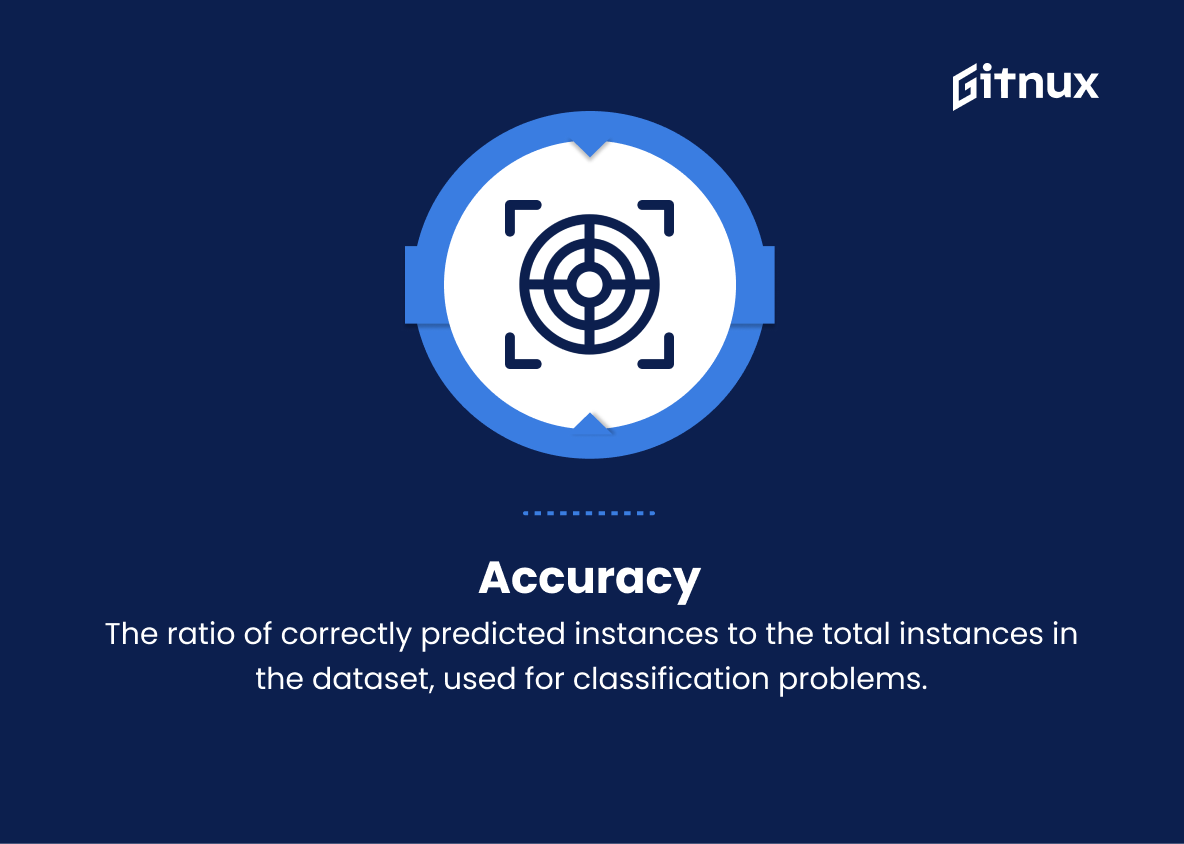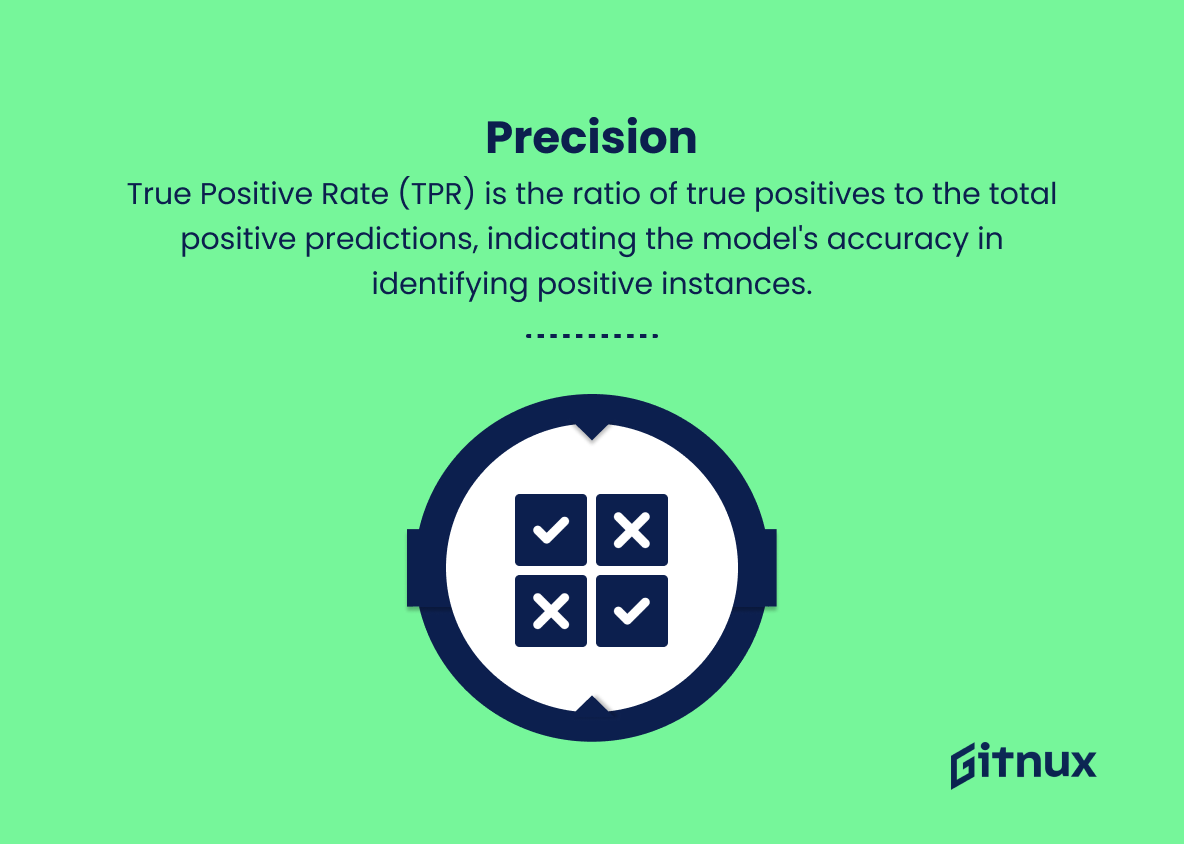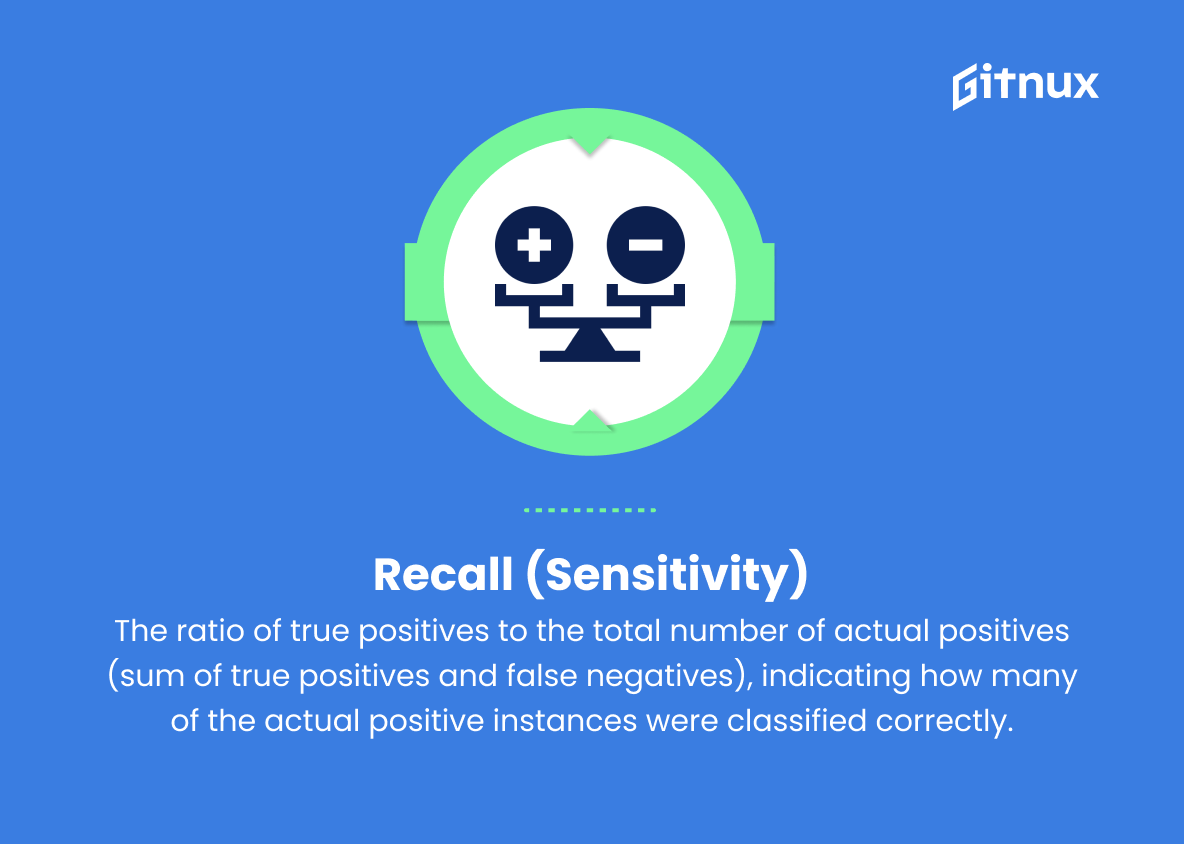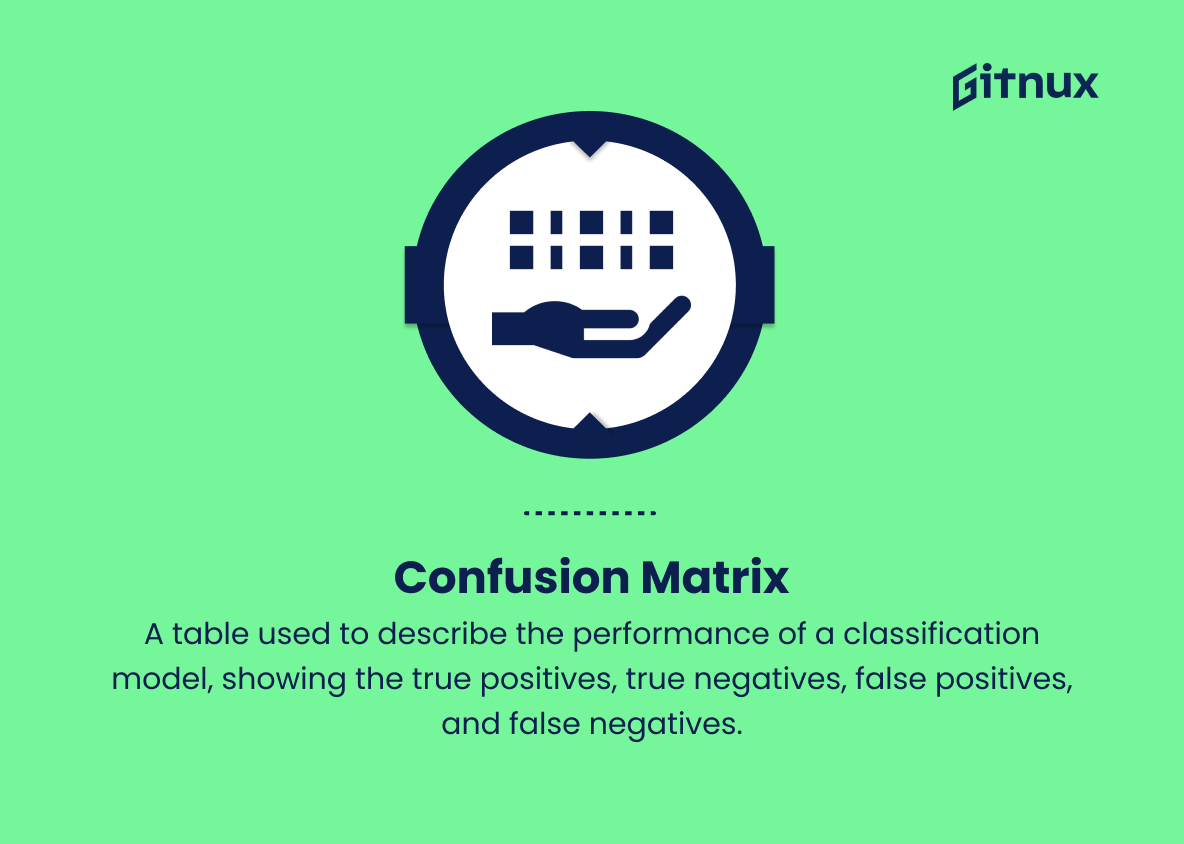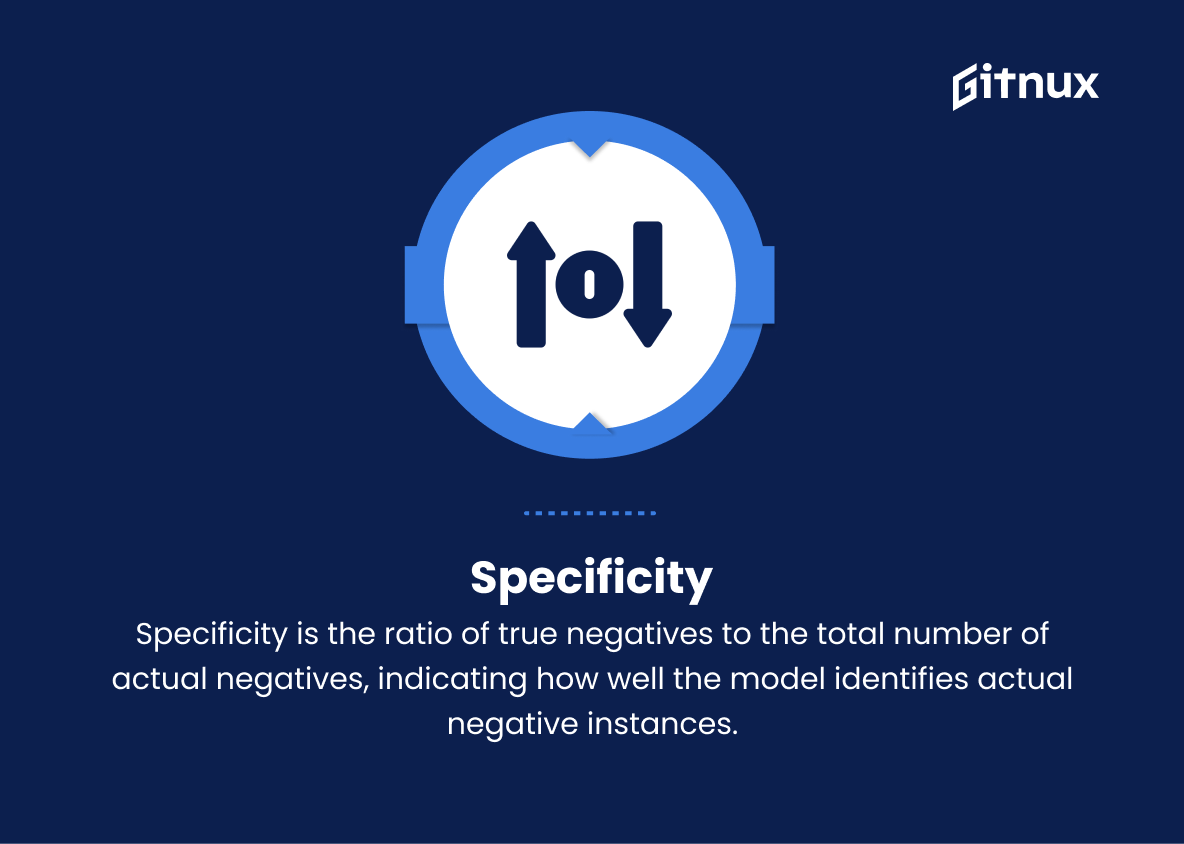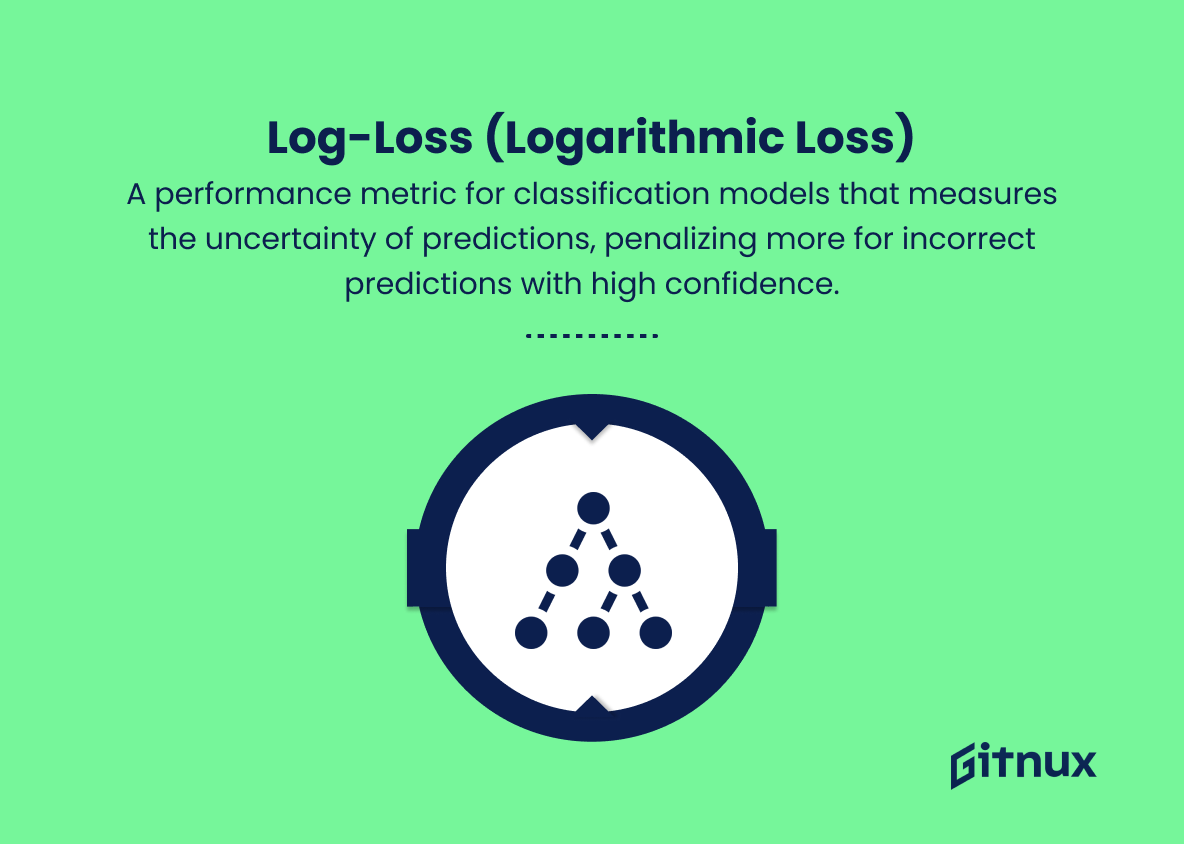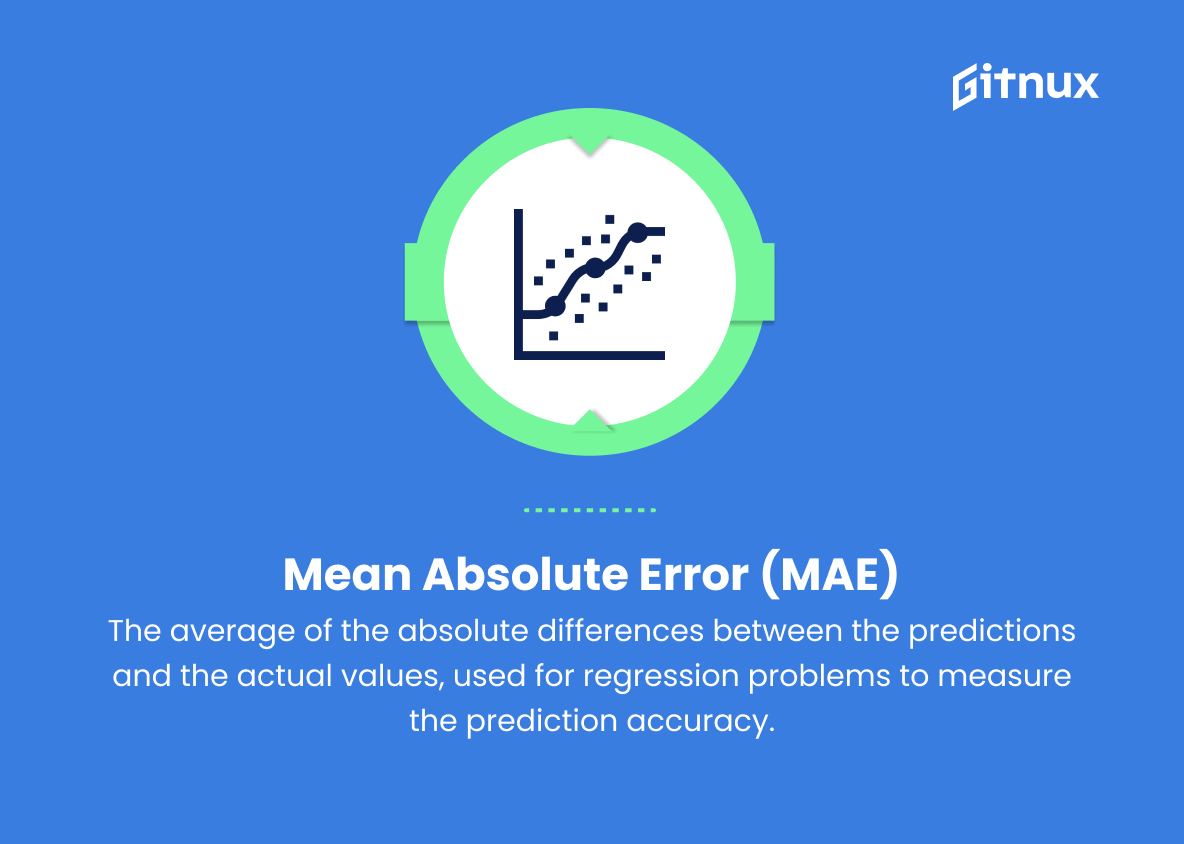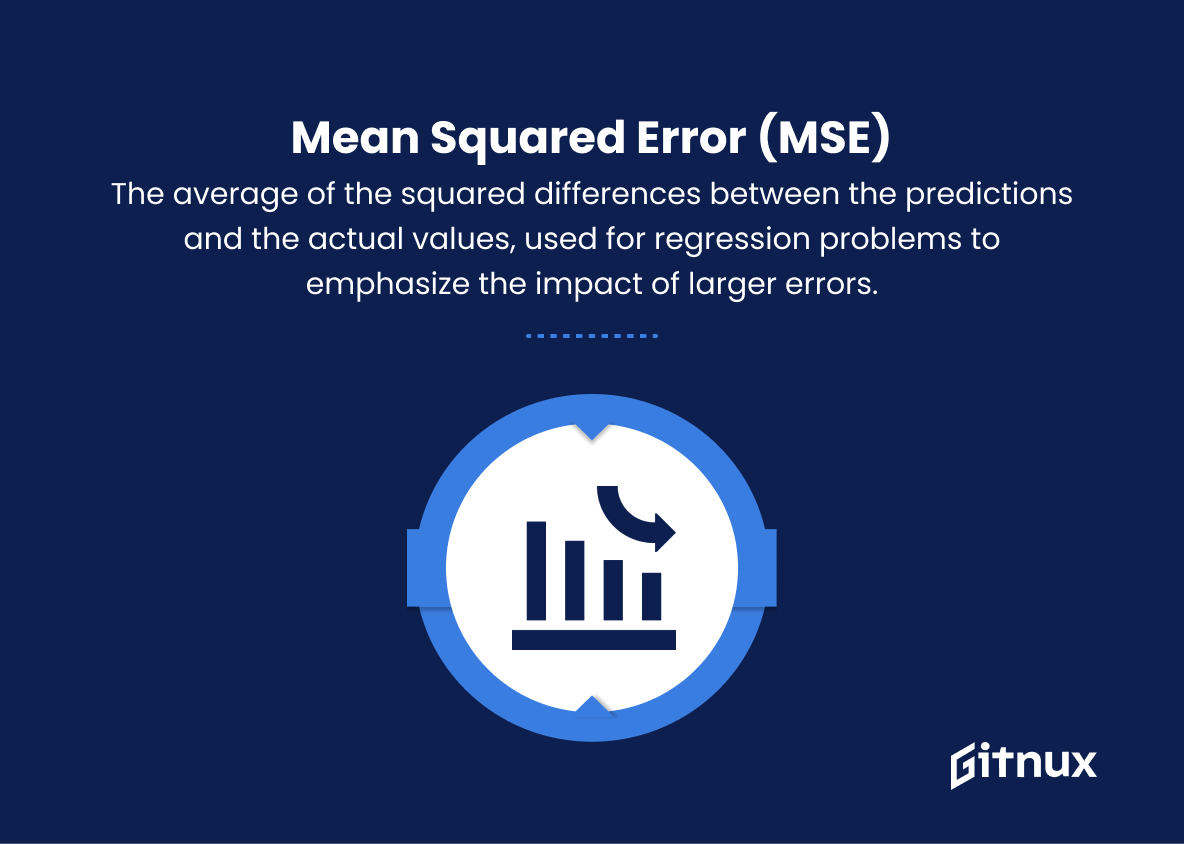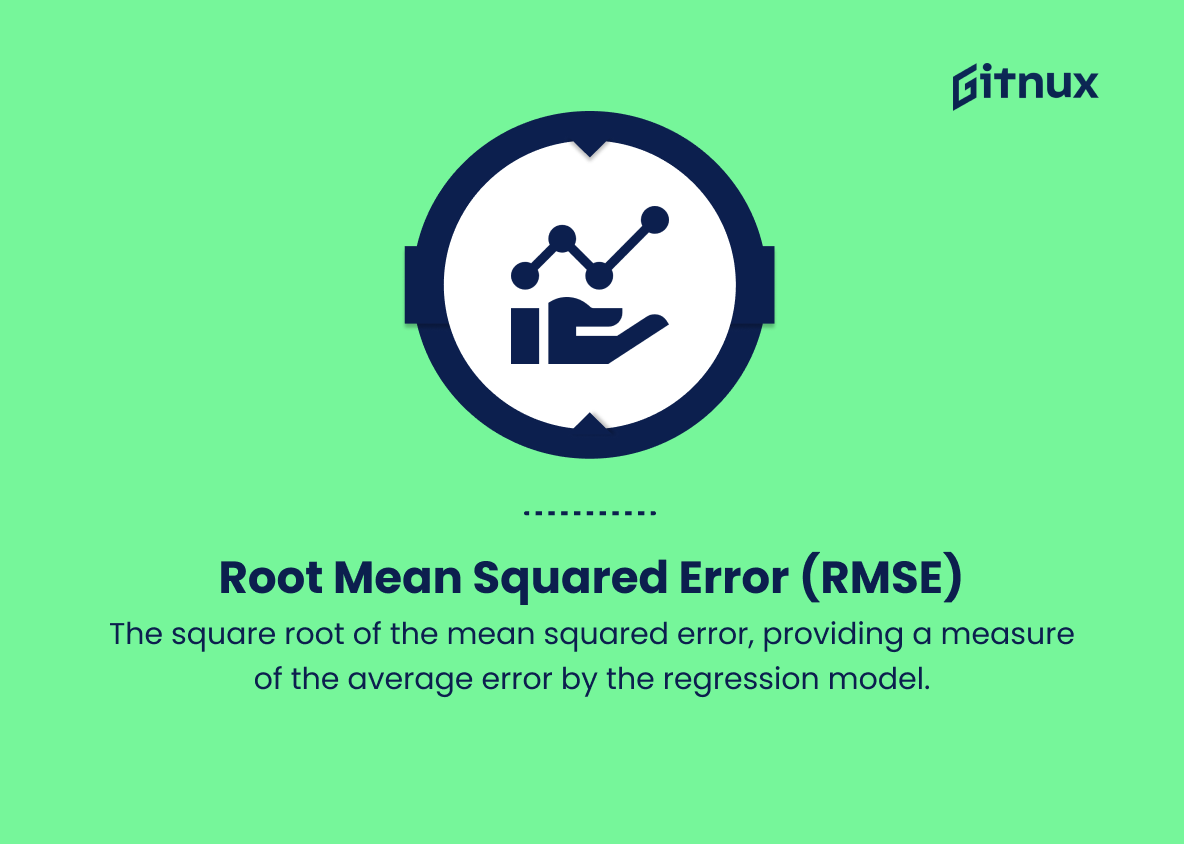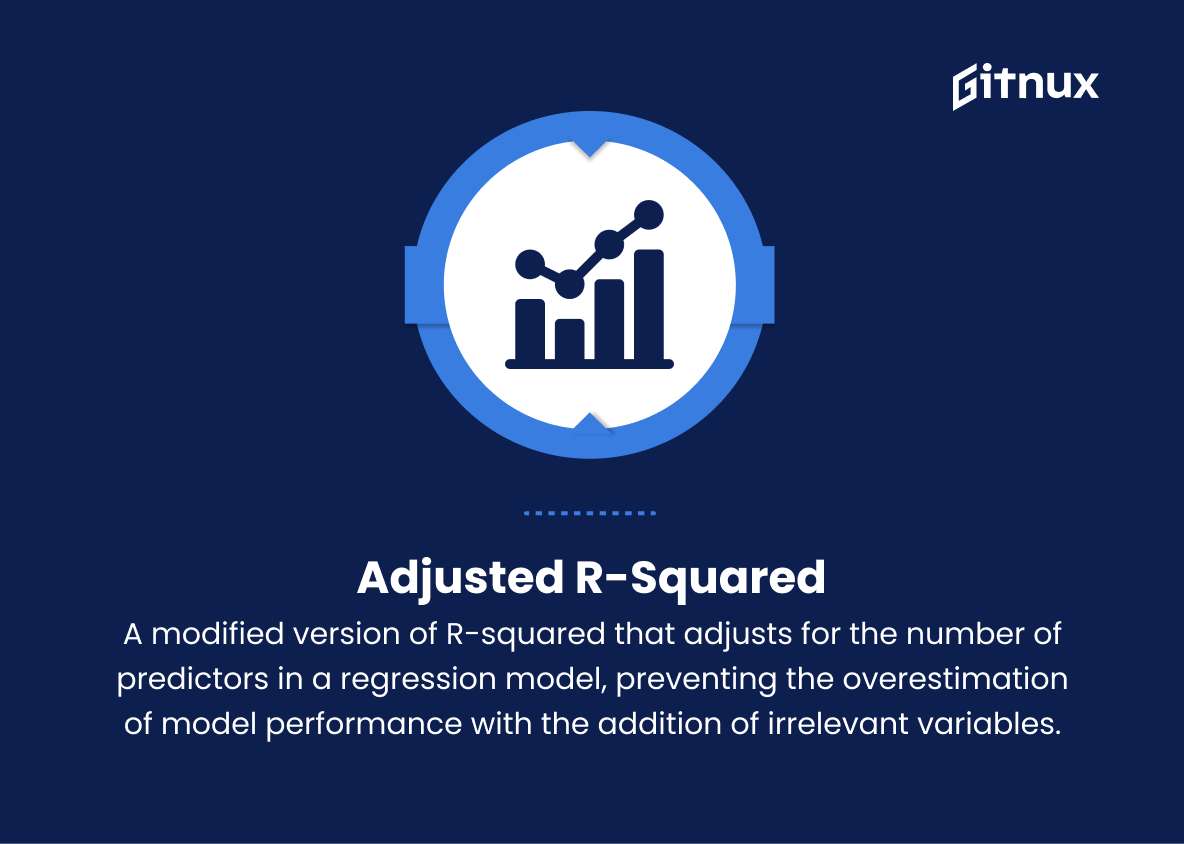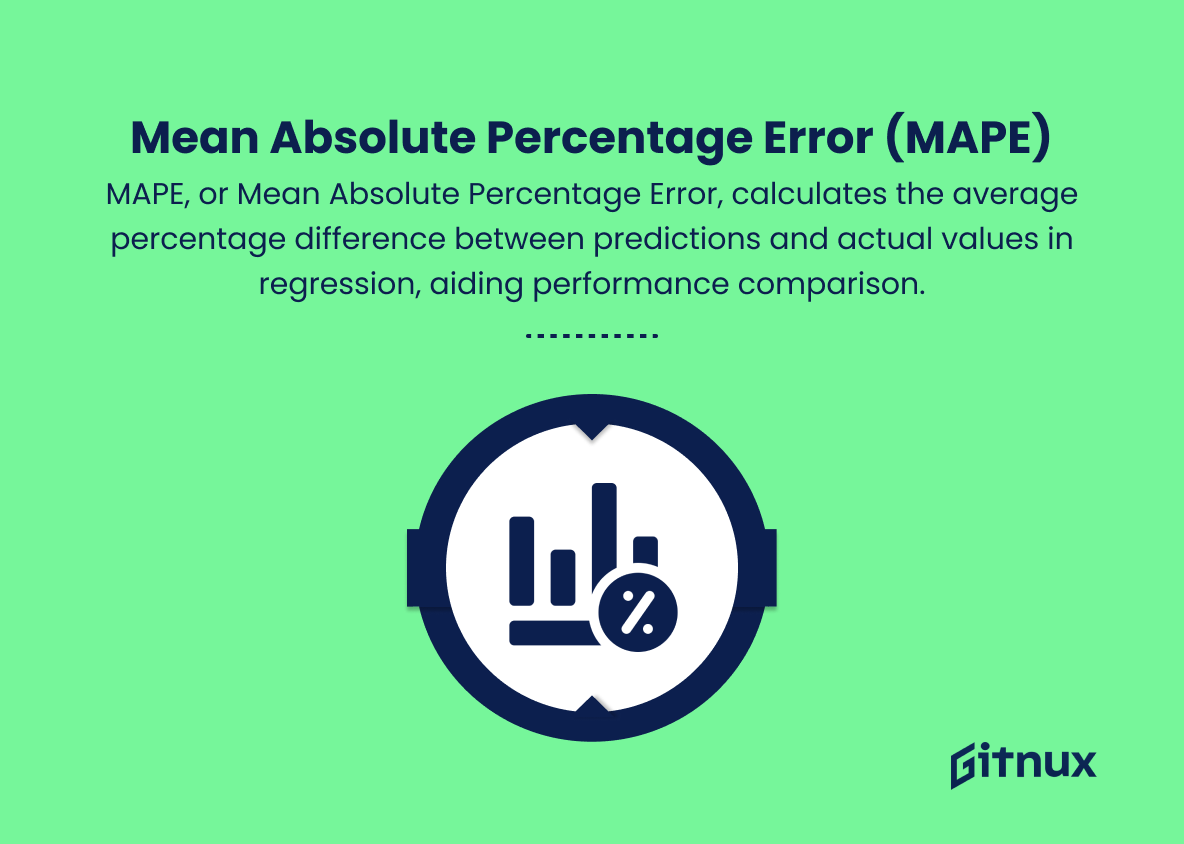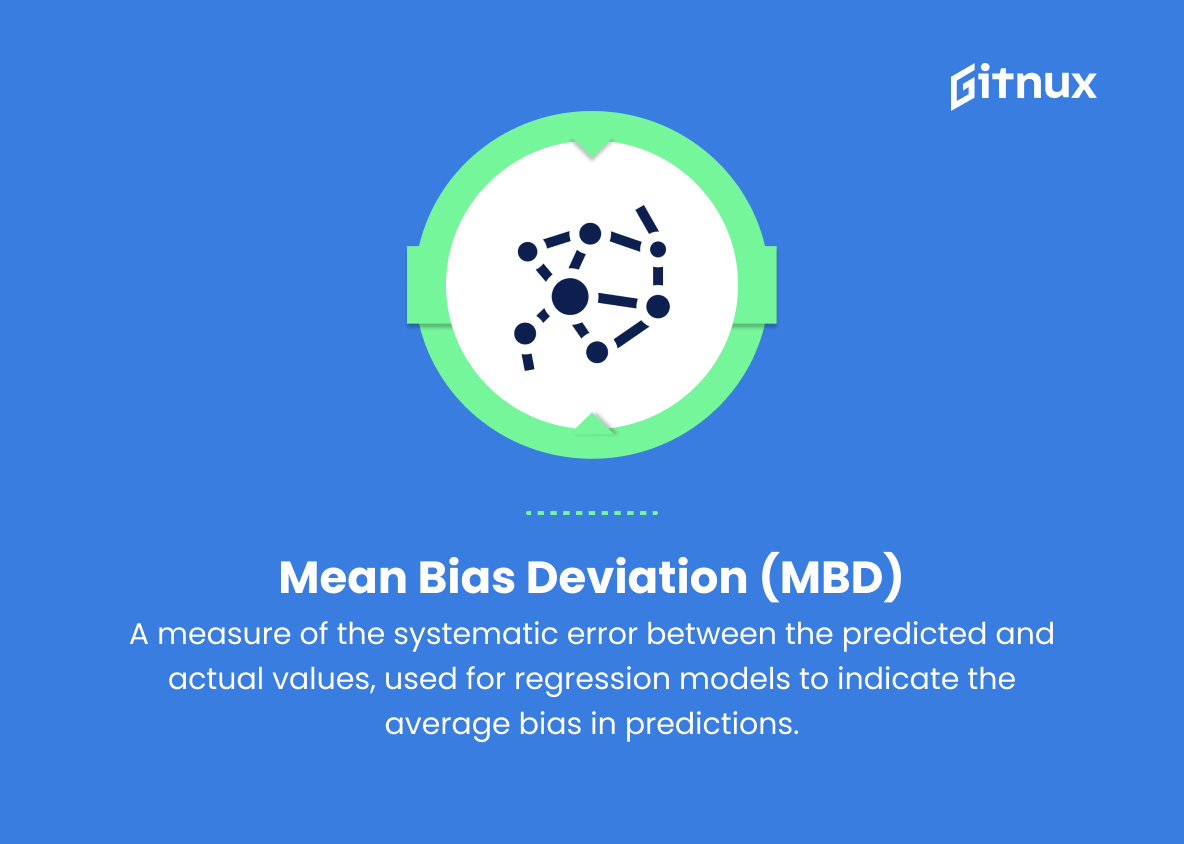In today’s rapidly evolving technological landscape, machine learning has emerged as a powerful tool capable of revolutionizing various sectors and industries. As more organizations harness the potential of machine learning algorithms to drive their businesses forward, the need for robust and accurate performance metrics becomes imperative.
In this blog post, we delve deep into the world of machine learning performance metrics, shedding light on the myriad of methods used to evaluate and quantify the efficiency and efficacy of these complex algorithms. By understanding these essential performance indicators, professionals and enthusiasts alike can make informed decisions when fine-tuning their models and strive for optimal outcomes in their machine learning implementations.
Machine Learning Performance Metrics You Should Know
1. Accuracy
The ratio of correctly predicted instances to the total instances in the dataset, used for classification problems.
2. Precision
The ratio of true positive predictions to the total positive predictions (sum of true positives and false positives), indicating how many of the positively classified instances were actually positive.
3. Recall (Sensitivity)
The ratio of true positives to the total number of actual positives (sum of true positives and false negatives), indicating how many of the actual positive instances were classified correctly.
4. F1-Score
The harmonic mean of precision and recall, providing a single measure that balances both precision and recall, particularly useful when there is an uneven class distribution.
5. Confusion Matrix
A table used to describe the performance of a classification model, showing the true positives, true negatives, false positives, and false negatives.
6. Area Under ROC (Receiver Operating Characteristic) Curve (AUC-ROC)
A performance measure for classification problems, assessing the trade-off between the true positive rate (sensitivity) and the false positive rate (1-specificity). A model with higher AUC-ROC is considered better.
7. Specificity
The ratio of true negatives to the total number of actual negatives (sum of true negatives and false positives), indicating how many of the actual negative instances were classified correctly.
8. Log-Loss (Logarithmic Loss)
A performance metric for classification models that measures the uncertainty of predictions, penalizing more for incorrect predictions with high confidence.
9. Mean Absolute Error (MAE)
The average of the absolute differences between the predictions and the actual values, used for regression problems to measure the prediction accuracy.
10. Mean Squared Error (MSE)
The average of the squared differences between the predictions and the actual values, used for regression problems to emphasize the impact of larger errors.
11. Root Mean Squared Error (RMSE)
The square root of the mean squared error, providing a measure of the average error by the regression model.
12. R-Squared (Coefficient of Determination)
A measure represented as a proportion (0 to 1) that indicates the proportion of the variance in the dependent variable explained by the independent variables in a regression model.
13. Adjusted R-Squared
A modified version of R-squared that adjusts for the number of predictors in a regression model, preventing the overestimation of model performance with the addition of irrelevant variables.
14. Mean Absolute Percentage Error (MAPE)
The average of the absolute differences between the predictions and the actual values, expressed as a percentage. It’s used for regression problems and is useful for comparing model performance in different scales.
15. Mean Bias Deviation (MBD)
A measure of the systematic error between the predicted and actual values, used for regression models to indicate the average bias in predictions.
Machine Learning Performance Metrics Explained
Machine learning performance metrics are crucial in evaluating and comparing different models in terms of their ability to draw accurate and reliable results from the given data. Accuracy, precision, recall, F1-score, and confusion matrix are some of the main performance metrics for classification models that indicate the effectiveness of the model in predicting correct classes. On the other hand, regression models often rely on metrics such as mean absolute error, mean squared error, root mean squared error, R-squared, and adjusted R-squared to assess the accuracy of their predictions.
These metrics provide an understanding of how well the model captures the relationship between the independent and dependent variables. In addition to these metrics, the AUC-ROC curve, specificity, and log-loss can be utilized to assess classification models’ tradeoffs between true positive rate and false positive rate. Meanwhile, other metrics such as mean absolute percentage error and mean bias deviation can help identify systematic bias within model predictions. Overall, all these performance metrics play a significant role in optimizing machine learning models by indicating areas of improvement and ensuring a robust and reliable prediction outcome.
Conclusion
In conclusion, machine learning performance metrics play a critical role in the success of any machine learning project by helping data scientists and developers to evaluate, understand and optimize the models they create.
By utilizing various metrics such as accuracy, precision, recall, F1-score, ROC AUC, and Mean Squared Error, stakeholders can better understand the strengths and weaknesses of their models, ensuring that they make informed decisions in selecting the most suitable models for their specific applications.
It’s essential to always consider the problem’s unique characteristics and the trade-offs that specific metrics imply when selecting the most appropriate performance measure. In the ever-evolving landscape of machine learning, staying well-versed in these evaluation techniques will be an indispensable skill for all practitioners in the field.
